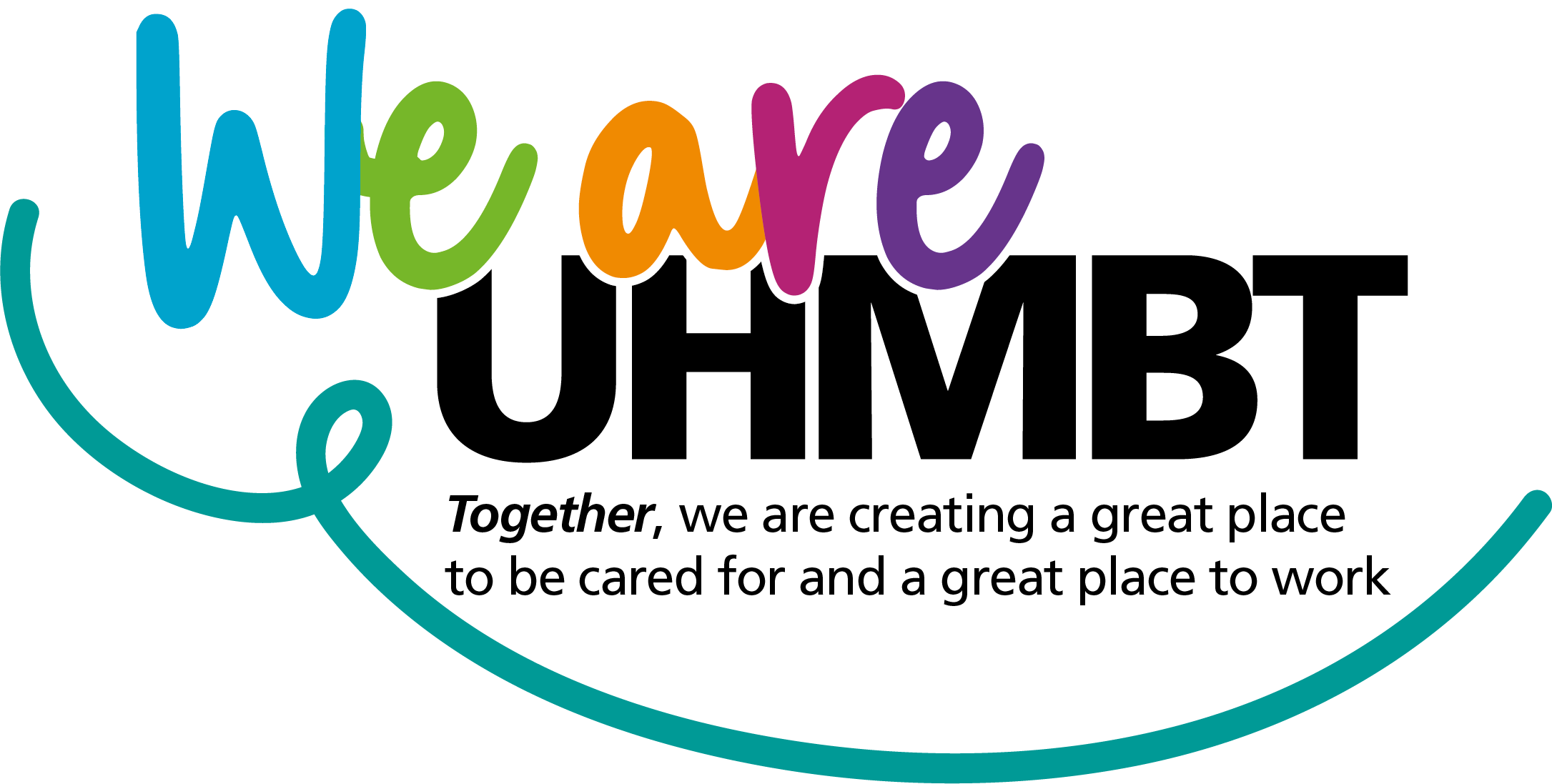Making the decision to eat and drink with acknowledged risk
A guide for patients, their families, and carers
This leaflet explains what it means to eat and drink with a known risk and why this might be used to manage nutrition and hydration.
What risks can be associated with eating and drinking?
Many people have problems with eating, drinking, and swallowing. The medical term for this is dysphagia. Some people with dysphagia have problems swallowing certain foods, liquids, or saliva. It can occur in varying degrees ranging from mild discomfort or difficulty, to a complete inability to swallow.
What does eating and drinking with known risk mean?
This refers to the decision to continue eating and drinking despite knowing that there are risks. These risks can include aspiration, choking, malnutrition, and dehydration.
What to expect when a person is risk feeding:
- Food and drink may enter the airway (leading to the lungs) instead of the food pipe (leading to the stomach). This is called aspiration.
- Aspiration may cause coughing, choking, chest infections and discomfort. Choking and chest infections can be a potential cause of death.
- There may be difficulty maintaining weight and good health.
These are known risks and symptoms that are likely to be long-term.
Why might a decision be made to eat and drink with known risk?
There are many reasons why a decision may be made to continue eating and drinking.
- A person may decline to have modified diet and fluids or feeding tubes.
- A person may use tube feeding to meet their nutritional requirements but choose to eat and drink some amounts for pleasure alongside this.
- Tube feeding may not be appropriate; the enjoyment of eating and drinking and quality of life this brings, outweighs any known risks.
- A person may be nearing end of life or in the advanced stages of a condition.
What can help when eating with a known risk?
- Slow the pace of eating. Ensure each mouthful is finished before starting the next.
- A speech and language therapist will recommend textures/consistencies of food and drink and may be able to identify ways to help improve the safety of swallowing.
What happens if the person becomes unwell?
The medical team will assist to ensure plans are in place for any risks with eating and drinking
All plans for future medical treatment should be discussed on an individual basis with the person’s GP or consultant. If you are concerned about weight loss you can request a GP referral to the dietetic services for further support.
How is the decision to eat and drink with known risk made?
If the person is able to make their own decisions, their wishes will be respected. If the person is unable or has difficulty making decisions, a mental capacity assessment will be carried out by a healthcare professional. This will determine whether they can understand, remember and weigh up the risks and benefits, and then communicate a clear decision. If a person cannot do this, a decision will need to be made on their behalf, in the person’s best interests.
Decisions about feeding are made by a multi-disciplinary team of healthcare professionals along with the patient and support from family / carers, as appropriate. This meeting will also consider health and welfare lasting power of attorney and advance directive or living wills as part of the patient decisions .
If you have any further questions or concerns, please do not hesitate to contact the speech and language therapy team on 01539 716730 or your GP.

